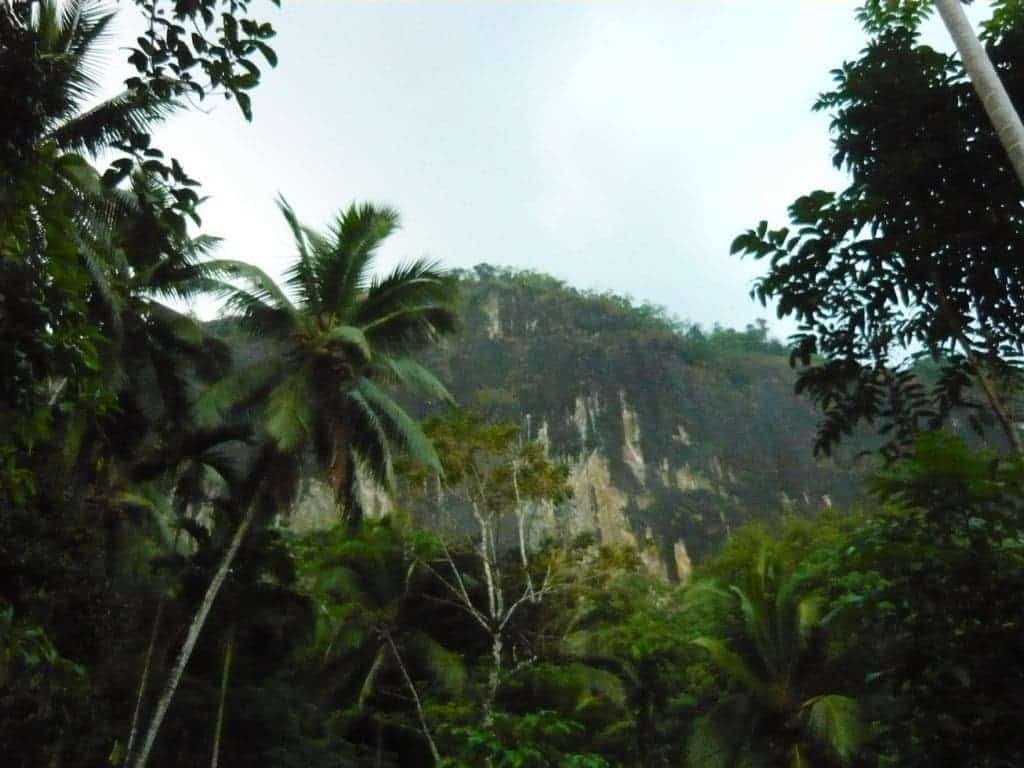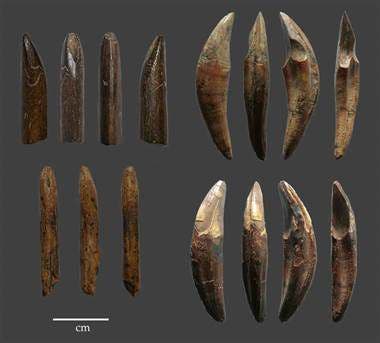An important part of what enabled humans to spread over such a large geographical range was our ability to adapt to different environments. As mankind spread from Africa to the rest of the world, it encountered a large variety of climates and environments. However, tropical forests were thought to be a barrier in this development, due to the absence of large animals that early humans could hunt. Now, archaeologists believe they’ve finally solved the puzzle.

In a new study, scientists report that human populations were able to specialize in the hunting of small arboreal animals for tens of thousands of years. This is the oldest and longest record of sophisticated, active primate hunting by foragers.
The key to the study was the Fa-Hien Lena cave, the oldest archaeological site in Sri Lanka, surrounded by tropical forests. Researchers found sophisticated bones and tools, along with numerous remains from small mammals, including primates — essentially a smoking gun indicating that early humans specialized in the hunting of these animals. Dating techniques indicated that this went on from 45,000 to 3,000 years ago.
“The results demonstrate specialized, sophisticated hunting of semi-arboreal and arboreal monkey and squirrel populations from 45,000 years ago in a tropical rainforest environment,” says Oshan Wedage, lead author of the study, of the Max Planck Institute for the Science of Human History. Co-author Dr. Noel Amano, also of the Max Planck Institute for the Science of Human History, adds, “This was complemented by sophisticated bone tool technologies which were, in turn, created from the bones of hunted monkeys.”
Specializing in hunting these small mammals is no easy feat. They’re fast, nimble, and don’t provide a lot of calories, which the hunters would have required. Comparing a squirrel to something like a mammoth, you can easily understand just how many squirrels you need to eat to reach the same amounts of nutrients. This means that early humans needed to become active and very efficient in order to survive.
The new findings are a testament to the extreme resourcefulness and adaptability of early humans. Previously it was suggested that humans only hunted small game during periods of crisis (such as the Ice Age). This shows that populations were not only capable of hunting smaller creatures, but they managed to survive for many centuries with this way of life.

The team then took things one step further, and looked at things from the animals’ perspective. Specifically, they wanted to see if such an extended period of human hunt took a tool on the species. Judging by the assemblage they analyzed, they conclude that the population wasn’t heavily affected, and the humans were essentially a sustainable part of the ecosystem.
They were careful resource managers, hunting more of the abundant small game, and rarely feasting on larger prey like deer or pigs.
“This ‘monkey menu’ was not a one-off, and the use of these difficult-to-catch resources is one more example of the behavioural and technological flexibility of H. sapiens,” says Prof. Michael Petraglia of the Max Planck Institute for the Science of Human History, a senior author of the study.
Now, the team is taking a closer look at the bone tools to figure out how they were used. Was it a bow-and-arrow, a spear, or some sort of ambush/trap? We don’t know for sure yet, but whatever it was, it was complex, elaborate, and allowed humans to thrive in an unfriendly environment.






